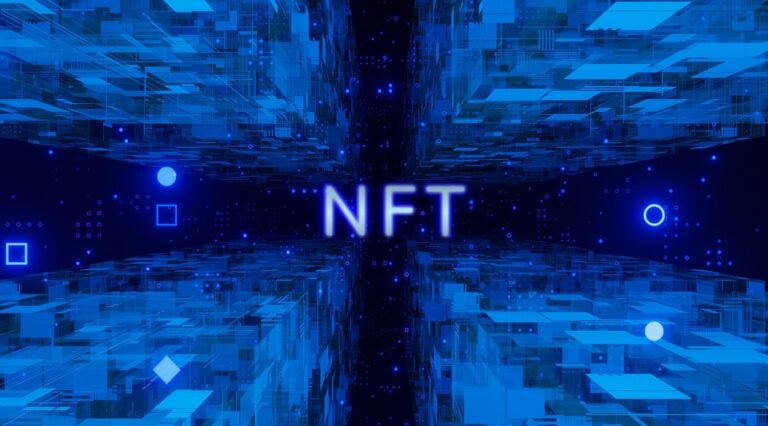Unlocking Digital Ownership: The Rise and Impact of NFTs (Non-Fungible Tokens)
In recent years, the digital landscape has undergone a seismic shift with the emergence of Non-Fungible Tokens (NFTs). These unique digital assets are not only transforming the way we perceive ownership but are also paving the way for new economic models in the digital world. In this article, we will explore the rise of NFTs, their impact on various industries, and what they mean for the future of digital ownership.
What Are NFTs?
Non-Fungible Tokens (NFTs) are digital assets that represent ownership of a unique item or piece of content using blockchain technology. Unlike cryptocurrencies such as Bitcoin or Ether, which are fungible and can be exchanged for one another, NFTs are distinct and cannot be replaced by something identical. This uniqueness is what makes NFTs valuable.
How Do NFTs Work?
NFTs are created (or “minted”) on blockchain platforms, most commonly Ethereum. Each token contains specific information about the item it represents, which is stored in its digital ledger. This information includes ownership details, provenance, and metadata describing the asset. Because this data is recorded on the blockchain, it ensures transparency and security, allowing buyers and sellers to trust the authenticity and ownership history of an NFT.
The Rise of NFTs
The NFT market has exploded in recent years. According to a report from NonFungible.com, the total market capitalization of NFTs soared from $338 million in 2020 to over $22 billion in 2021, illustrating the substantial shift in how collectors and artists engage with digital assets. A notable example of this surge is the sale of Beeple’s digital artwork, which fetched a staggering $69 million at auction in March 2021, firmly placing NFTs on the global art stage.
Industries Embracing NFT Technology
-
Art and Collectibles: Artists are using NFTs to sell their works directly to consumers, cutting out intermediaries. This model allows creators to maintain royalties on secondary sales, ensuring they benefit from future transactions.
-
Gaming: NFTs are redefining virtual economies by allowing gamers to truly own in-game assets. For example, players can trade, sell, or use their unique items across different platforms, solving the age-old issue of asset ownership in gaming.
-
Music: Musicians are leveraging NFTs to sell music directly to fans. Platforms like Audius and Catalog offer artists the opportunity to tokenize their music, providing new revenue streams and fan engagement avenues.
- Real Estate: The real estate sector is exploring NFTs for buying and selling properties. By tokenizing real estate, transactions become much more efficient and secure, as the ownership can be easily transferred on the blockchain.
Key Benefits of NFTs
- Proof of Ownership: NFTs provide undeniable proof of ownership through blockchain technology.
- Accessibility: Digital assets can be accessed and purchased by anyone with an internet connection, broadening market potential.
- Royalties: Artists and creators can set up automatic royalty payments, enabling them to earn from secondary sales.
- Fractional Ownership: NFTs can be divided into shares, allowing multiple individuals to co-own a singular digital asset.
Challenges and Criticisms
Despite their revolutionary potential, NFTs face several challenges. High energy consumption associated with blockchain networks has raised environmental concerns, particularly as Bitcoin and Ethereum continue to dominate the NFT market. Moreover, the speculative nature of NFT investments poses risks to investors, with critics warning that the market could be a bubble.
The Future of NFTs
As technology continues to evolve, so too will NFTs. Innovations in blockchain technology could enhance transaction efficiency and lower environmental impact, addressing some current criticisms. The potential for NFTs to revolutionize various sectors is vast, with integration possibilities expanding beyond art and gaming into areas such as education and supply chain management.
Conclusion
The rise of Non-Fungible Tokens (NFTs) marks a significant turning point in digital ownership. They offer unique opportunities for artists, gamers, and businesses while democratizing access to digital assets. Whether you’re an investor, a creator, or simply curious about the future of technology, NFTs showcase the untapped potential of digital ownership.
For further insights into the evolving landscape of digital assets, check out our pieces on Blockchain Technology Explained and The Future of Digital Art. Also, for an understanding of environmental impacts, visit The Environmental Cost of NFTs.
Suggested Images
- Image 1: An illustration of an NFT marketplace interface. Alt text: NFTs marketplace showing various digital artworks.
- Image 2: A digital artwork sold as an NFT. Alt text: A unique digital artwork representing an NFT.
By understanding the structure, benefits, and challenges associated with NFTs, individuals and businesses alike can navigate this emerging frontier in digital ownership confidently.


